The Philippines is endowed with various resin-producing species. The country’s Dipterocarpus are the source of resinous oil and resin, better known as balau among Filipinos. Balau is obtained from the wood of apitong (Dipterocarpus grandiflorus Blanco), panau (D. gracilis Blume), and related species of Dipterocarps. On the other hand, the oil of palosapis is obtained from the wood of palosapis [/fusion_builder_column]
You have also travelled around the Philippines educating people about the proper way of tapping resin-producing trees. How do you assess the reception of those involved in this activity towards adapting “new practices”? Do you think you are making a difference?
People would usually be hesitant at first of trying unfamiliar. However, during the trainings I have seen people actively participate in discussions and field exercises. Through what they have learned, I hope this sparked their interest in protecting both tapped and untapped resin-producing trees.
In one of your postings in the Varrons discussion group, you lamented the sorry state of deforestation in some areas once you considered pristine? In your opinion, what do you think should have been done and how can a civic organization like the UP Varrons help to reverse the process?
The organization has made efforts in terms of disseminating information on forestry rehabilitation especially reforestation to students. In this regard, the UP Varrons Ltd. may become an instrument in capacity building of not only students but also out-of-school youths and forest settlers like indigenous people (IPs) about sound environment and forestry rehabilitation.
You have been considered as one of the “die-hard Varrons.” Why do you think you got that “reputation”? Do you consider that as a badge of honor?

Taken in one of the welcome parties for Mike in 2006. From left: Ramon Razal (Skylove ’73), Mike Marave (Skylove ’73), Arsie, and Nestor Manalo (BWNN ’74).
I may have been branded as one of the die hard Varrons’ because of my being always with brothers and sisters in the organization. I’ve always been willing to listen to their problems and offer my advises. I consider it a great honor being branded as such.
Can you relate to us some of your memorable events as an undergraduate Varron member?
Being a member of the organization allowed me to engage in social activities and expose myself to different experiences. Some of my most cherished memories while with the organization include exploring Mt. Makiling during weekends for our dendrology (identification of trees) review classes, playing volleyball every afternoon and weekends (which later helped me become as one of the best players at FPRDI), visiting different places in Laguna and those of Batangas, Cavite, Rizal and Quezon during fiestas to stay at our vrods’ homes, and also attending the organization’s parties.
Last Updated on October 12, 2016 by Tudla_Admin


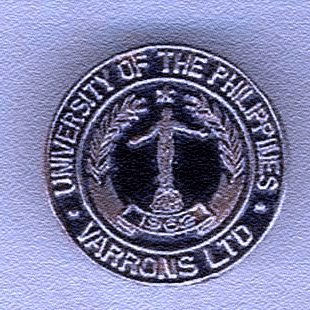


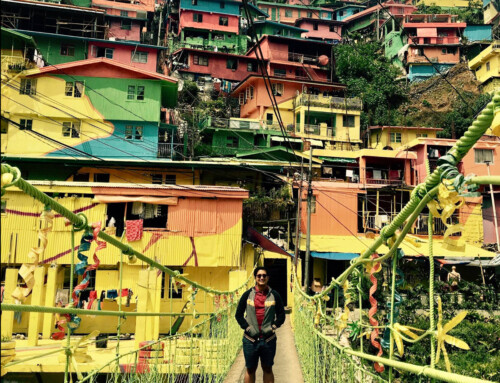


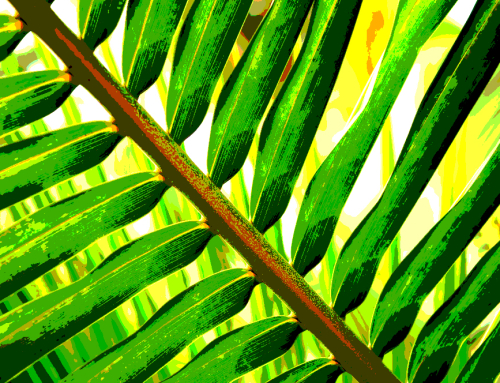
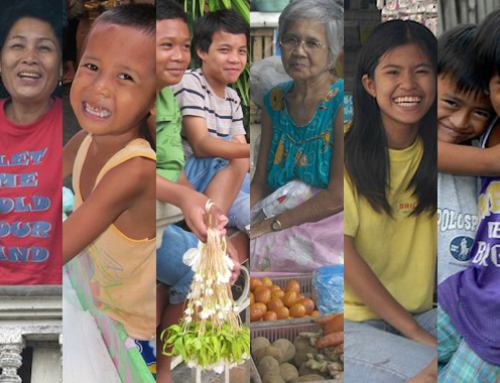
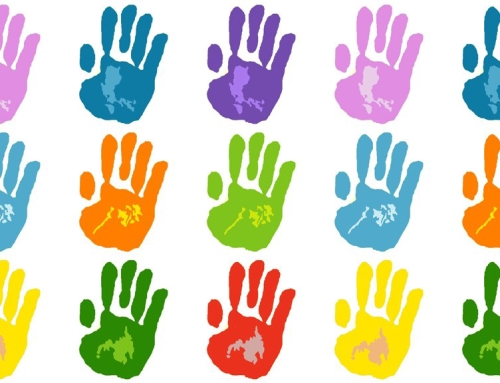
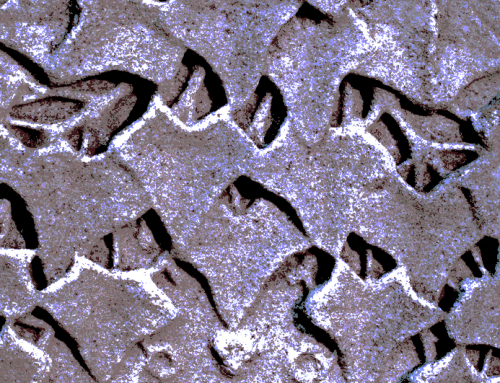
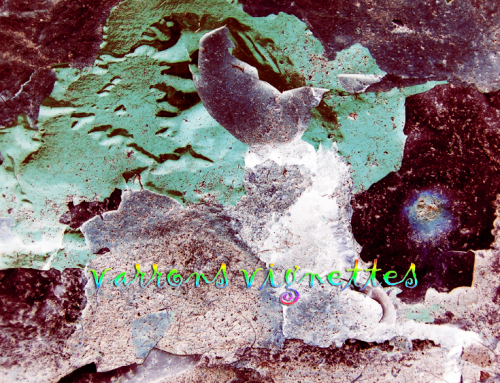
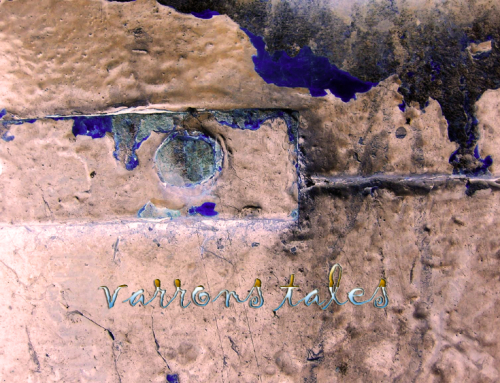
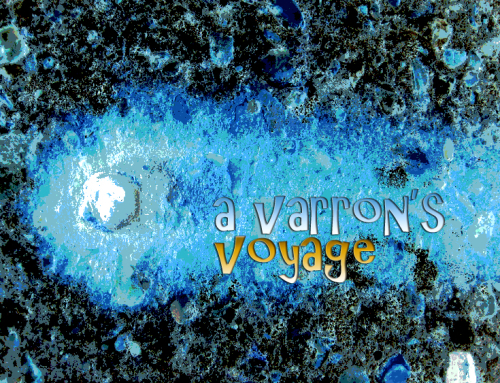
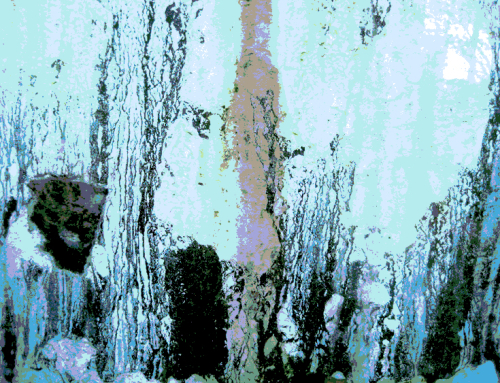
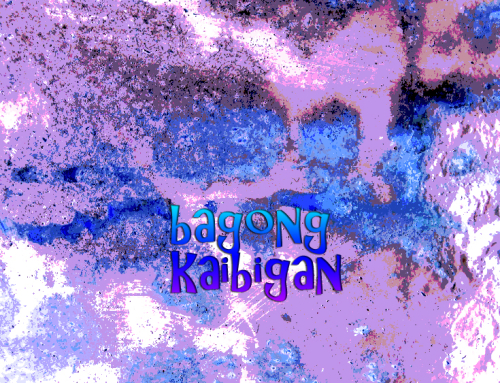
Leave A Comment